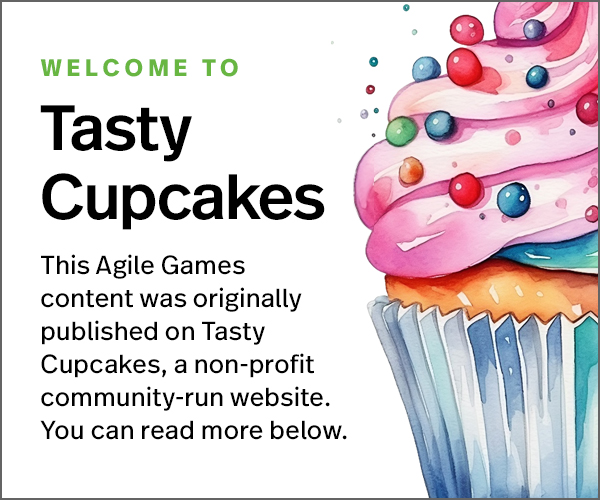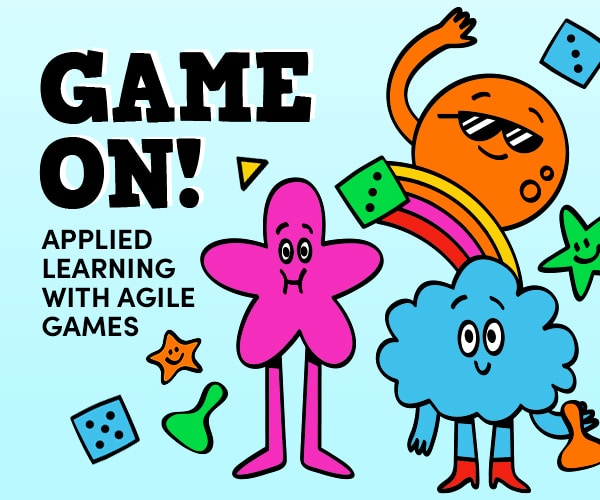This is a retrospective technique I learned from Esther Derby and Jerry Weinberg. I’ve extended it a bit differently into the analysis and deciding what to do portions as they were using the technique as a debrief mechanism for an activity in the PSL course. This technique is particularly useful for multi-team/large groups. It will take about 120 minutes to run in full. One may notice it has similarities to the Sprint Mural written up by Geoff Watts.
Gathering Data
After opening the retro, have everyone stand and get close to those with whom they work most closely. This creates clusters that may cross teams or groups or you may find some people working in isolation (a cluster of one). As the facilitator, have these clusters get a flip chart and markers.
In these clusters, the group represents how they see the work processes of the group from their perspective. They may draw a picture that metaphorically represents what they see, a diagram that describes the process, or if they are more comfortable, simply let them use words.
At the end of this portion, let people wander the art gallery (so they can see what was created as for large groups the diagram may become far away and details will have been missed). Then each cluster debriefs what their ‘art’ represents. (This is where the portion at PSL stopped and then moved into a learnings debrief.)
Gain Insights
Now each group returns to their art and annotates a few problems they see as well as a few items that worked well. They can make these additions to the drawing/diagram or written words that tie to portions of this. If the latter, it may be helpful to have them as sticky notes of a particular color, particularly if the first piece of art was all words. Again, debrief these items collectively.
Decide What to Do
At this point, allow each cluster to go around to each piece of art and offer up ONE idea they think will help this other cluster. These get written on a different color sticky than any used for identifying the problems. (In a retro I held, I had a problem with the collective team working together, so it had to help that the offering cluster would do for the other.) Think of this moving around to each piece of art as sort of a world café visit with the art serving as the topics.
Then each cluster returns to their own piece of art and decides which of the offered ideas they will use or if the offers inspire something else they want to try. The clusters report on what each one will collectively do. At this point, I generally have them make them SMART: Specific, Measurable, Attainable, Relevant, and Timely (when they expect to report it being done).





